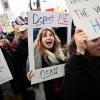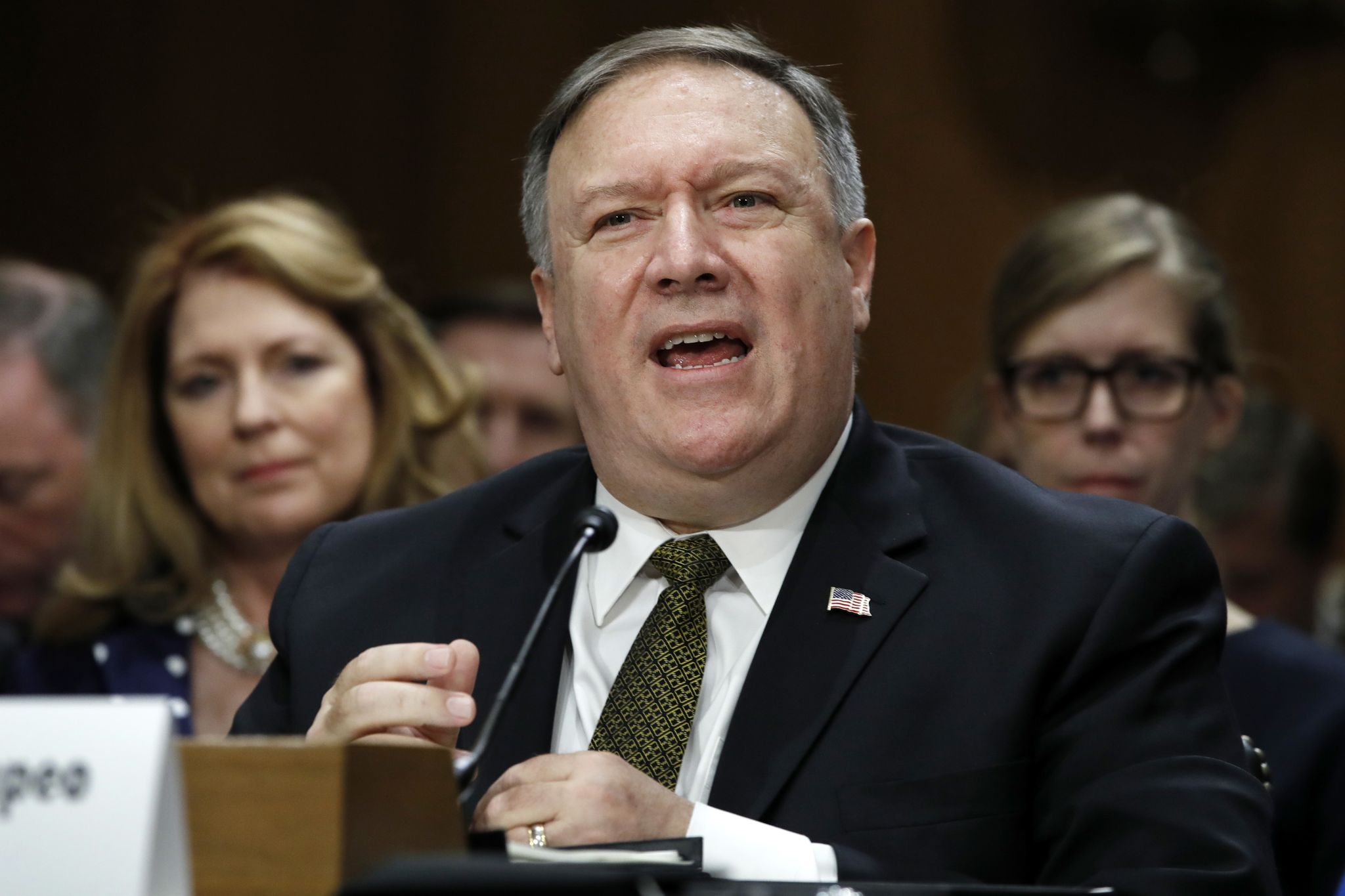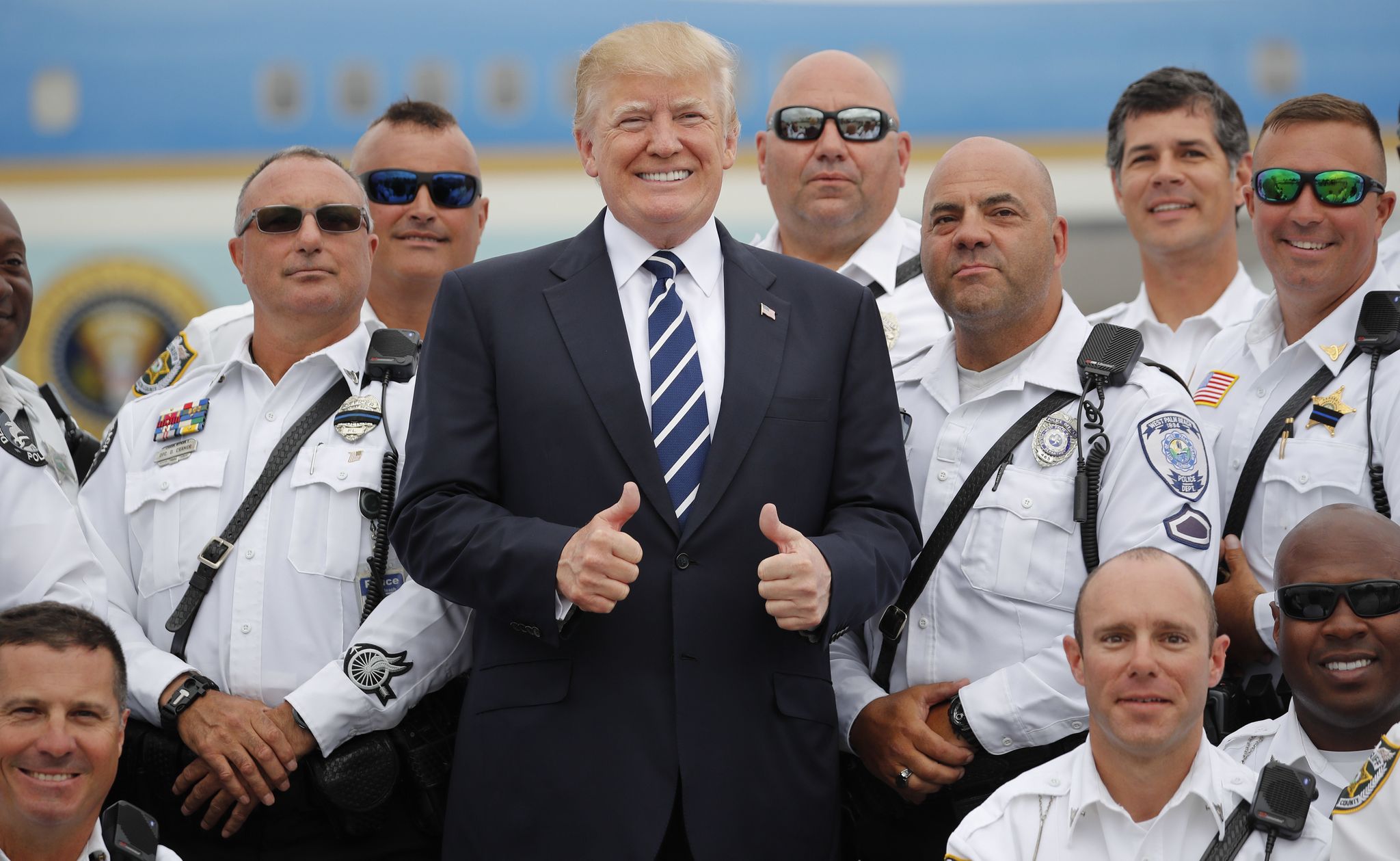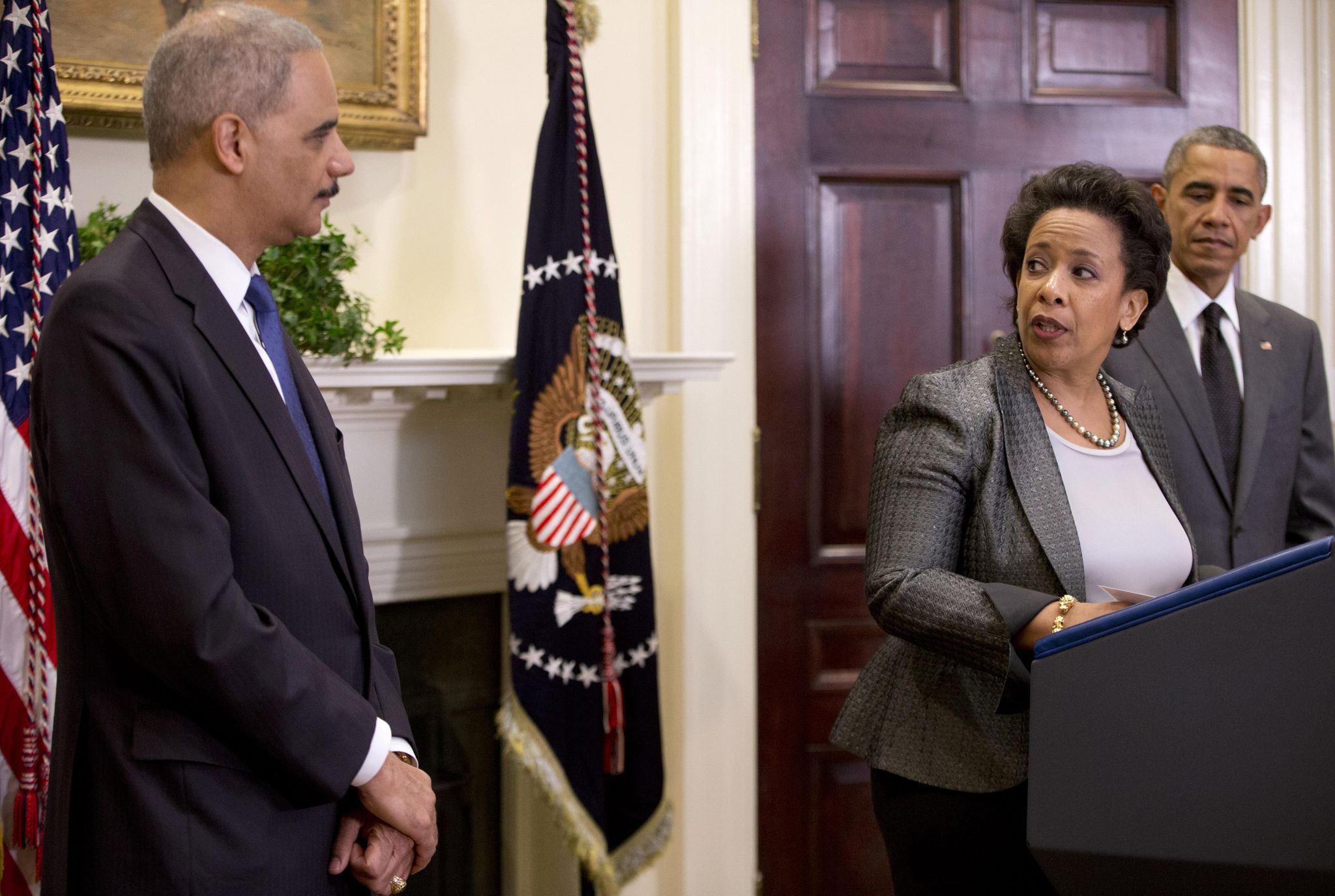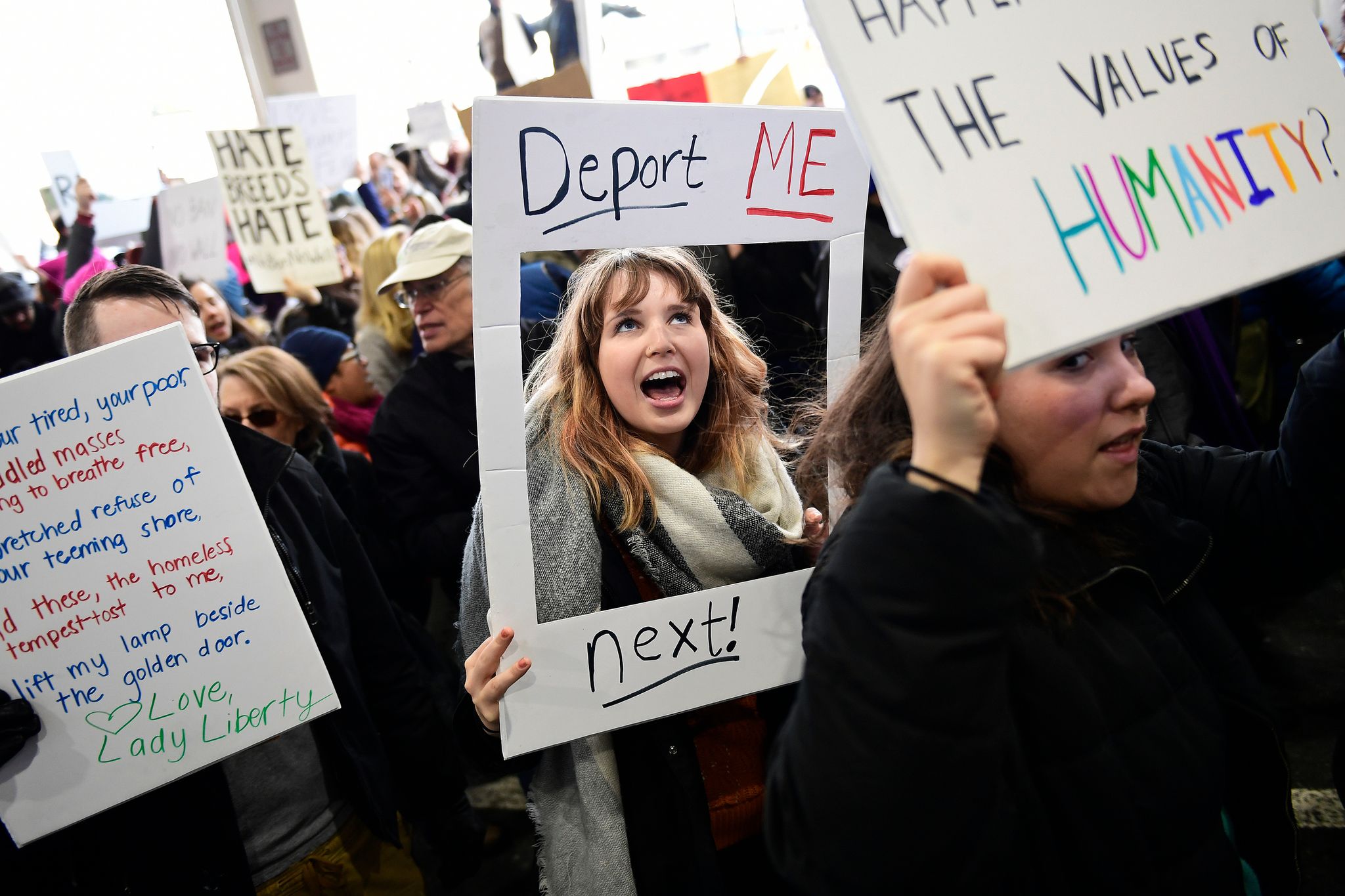
What the Supreme Court does with President Trump’s travel ban case, which reaches the justices this week, is likely to determine whether courts across the country give him the usual deference due a pr
What the Supreme Court does with President Trump’s travel ban case, which reaches the justices this week, is likely to determine whether courts across the country give him the usual deference due a president and allow him leeway to pursue his immigration crackdown — or whether they join the anti-Trump resistance determined to thwart him at every turn.
From battles in California, Illinois and Pennsylvania over sanctuary cities, to illegal immigrant teens gaining abortion rights, to the border wall, to Mr. Trump’s attempts to limit some paths to legal immigration and to cancel the Obama-era Deferred Action for Childhood Arrivals program for illegal immigrant Dreamers, immigration rights activists and the administration have been battling on nearly every front of the issue.
Perhaps a dozen potentially major cases are working their way through the district and appeals courts. The president has not fared particularly well, with judges peering through his tweets, guessing at his motives and generally siding with the anti-Trump resistance.
Mr. Trump is looking to get back on track with the justices because much of his agenda is riding on the outcome.
Josh Blackman, a professor at the South Texas College of Law, said if the justices decide to read into Mr. Trump’s past statements and use them against him, given his prolific caustic remarks, “he should just resign because the courts can enjoin everything he does.”
“If you don’t give the president the presumption of regularity that he’s due, the administration is done. It’s like impeachment without impeachment,” Mr. Blackman said.
He has urged judges to be cautious in going down that route.
Others cheer the judges who have used Mr. Trump’s words and actions against him.
“By and large, the court decisions have pretty much stopped any kind of abuses from the Trump administration,” said David Leopold, a former president of the American Immigration Lawyers Association. “The courts have done very good in standing up for the rule of law in the face of all-out assaults on immigrants’ rights, and the rights of state and local officials to self-govern.”
Indeed, the most recent appeals court ruling, last week’s decision tying Mr. Trump’s hands on sanctuary cities, used some of the strongest language yet. The three-judge panel, all appointed by Republican presidents, castigated the president for bordering on “tyranny.”
That panel, of the 7th U.S. Circuit Court of Appeals, said the administration’s effort to add conditions to sanctuary cities applying for federal grant money was illegal because Congress has the power to control the purse strings and lawmakers didn’t include those conditions in the law.
Similar issues are at play in the high court this week. Oral arguments are slated for Wednesday on whether Congress granted Mr. Trump powers to halt most migration and visits from countries he deems unsafe.
The case involves the third version of the travel restrictions, which Mr. Trump describes as “extreme vetting” and opponents say is his campaign promise for a “Muslim ban.”
Under the first policy, visitors and migrants from seven majority-Muslim countries identified by the Obama administration and Congress were almost completely banned from entering the U.S. That policy met with resistance from the courts, as did a follow-up second version that drew a slightly narrower net around who was banned.
The third version involved a long review of travel conditions, and the State and Homeland Security departments came up with a list of Muslim and non-Muslim countries that either don’t share data with the U.S. or are otherwise unable to validate who their citizens are. Those people are severely restricted from entering the U.S.
In briefing papers, Hawaii, which is leading the challenge, argued that Mr. Trump showed clear religious animus toward Muslims during the 2016 election and again while in office, which the state says should taint all of his actions in this sphere.
But Solicitor General Noel Francisco says the legality of Mr. Trump’s actions should be judged on their merits, not on what he says.
Even if the justices do refuse to look at Mr. Trump’s tweets — they didn’t use them in an order last year dealing with version 2.0 of the travel ban — they could conclude that the administration didn’t properly make the case that national security required such a broad travel ban.
Those on both sides of the issue are looking for big signals.
“In many ways, some of the biggest questions will be what the justices say about these fundamental separation of powers issues and where’s the line between what the president can do, or do these huge transformative policies he’s trying to put in play flout the will of Congress?” said David Gans, director of the citizenship program at the Constitutional Accountability Center.
Those on both sides of the issue said the surge of immigration lawsuits against Mr. Trump over the past 15 months is unprecedented.
“There’s no question about it,” said Mr. Leopold.
He said Mr. Trump has spurred the litigation by being more aggressive than either President George W. Bush or President Obama in pushing the boundaries of immigration law. He also said activists have nowhere else to turn.
“Congress has not been helpful. The courts have been the place. From the moment the travel ban hit until now — whether it’s sanctuary cities, whether it’s temporary protected status, whether it’s administrative decisions by [U.S. Citizenship and Immigration Services],” he said.
He said he expects more to come.
Already pending before the justices is a case involving pregnant illegal immigrant teens who jumped the border traveling alone and are in government custody. The American Civil Liberties Union has launched a class-action lawsuit arguing that the government has been hindering their right to have abortions.
The justices have been staring at that case for three months but have not said whether they will hear it.
Last week’s sanctuary city ruling could also tee up another case for the justices.
Meanwhile, the high court tossed back to the appeals courts the DACA cases.
About the only area where Mr. Trump has had success at the lower courts is on his proposed border wall, which a federal district judge this year ruled was legal and didn’t violate environmental laws. That case has been sent to the 9th U.S. Circuit Court of Appeals.
Beneath the big constitutional and policy issues are dozens of smaller individual cases in which immigrants have challenged their deportations. Those cases used to generally be fought out in immigration courts, but regular Article III judges are increasingly intervening in those disputes — usually to Mr. Trump’s detriment.
The judges’ determination to inject themselves could also be tested by the high court.
“Historically, immigration decisions were just not subject to review,” Mr. Blackman said. “The courts are pushing the boundaries of what prudential merits are of reviewing immigration decisions.”
